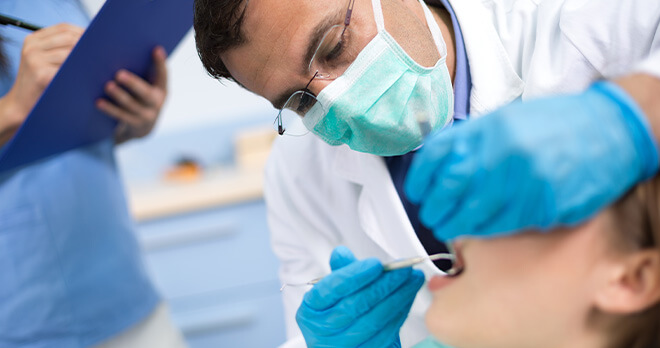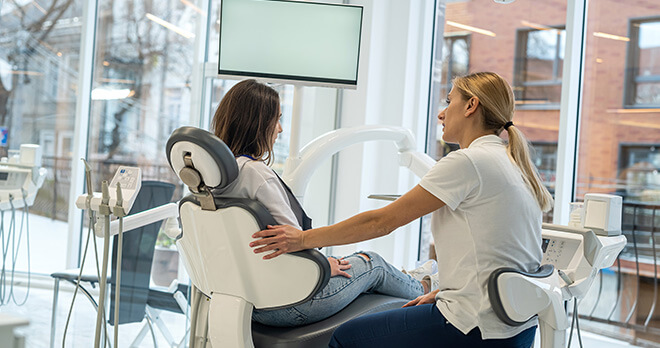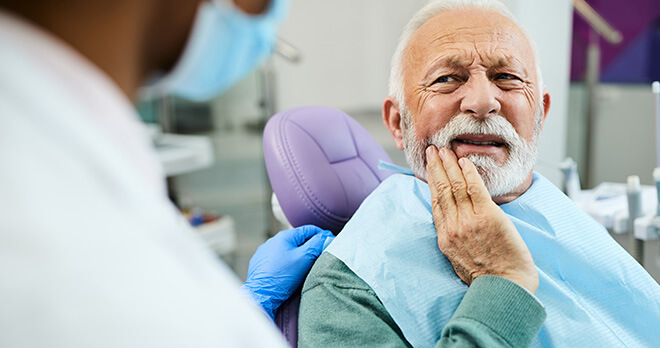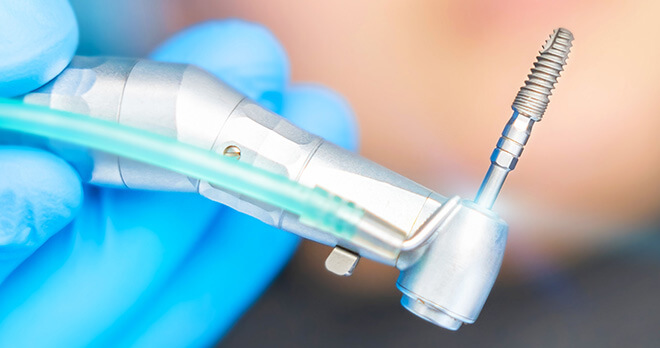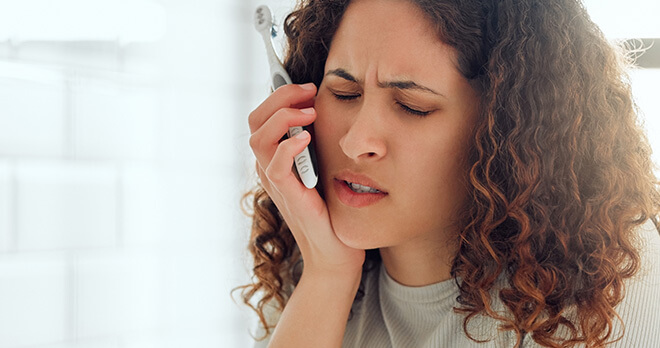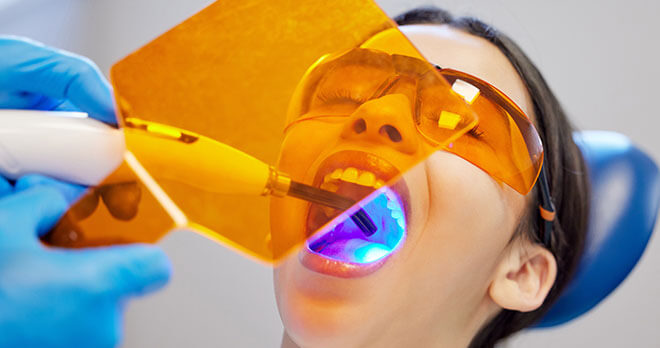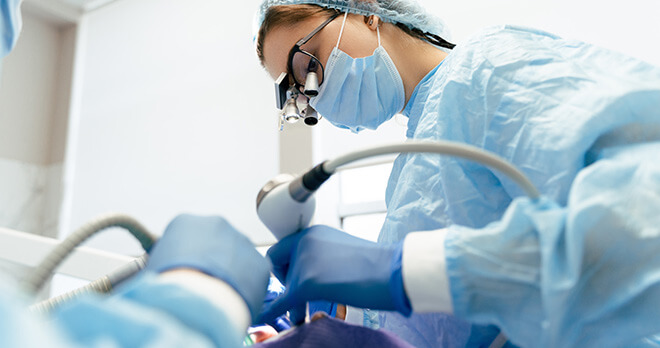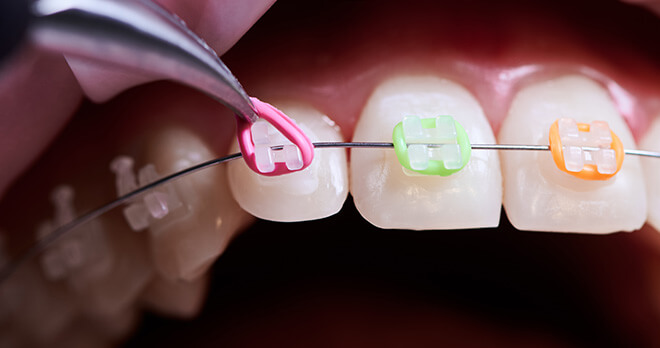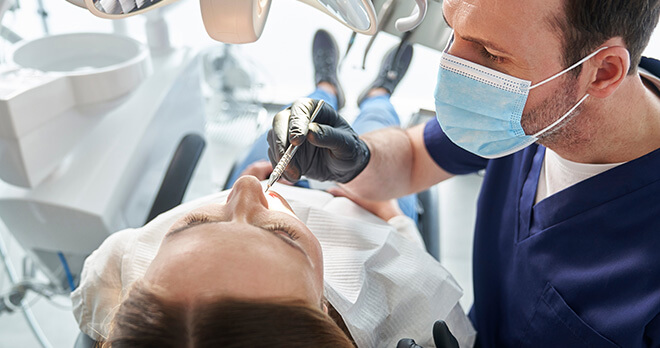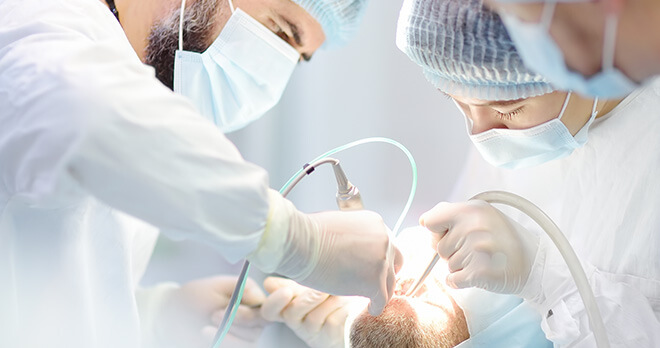Negligent dental treatment relating to impacted upper canine teeth.
Treatment of impacted upper canine teeth (one of the four conical teeth) is reported to be a common dental challenge. Failure to detect and manage impaction at an early age can cause considerable problems and is a common cause of dental negligence claims.
After wisdom teeth, upper canine teeth are the most common impacted teeth. The upper canine is a very important tooth and I have often heard it referred to by dentists as the corner stone of the upper arch teeth. A missing canine causes significant cosmetic and functional problems and therefore should be avoided if at all possible.
The causes of impaction.
The adult canine starts developing high in the upper jaw at around 4 to 5 months of age and start erupting into position on average at 11 to 12 years of age, sometimes earlier in girls. As the upper canine erupts it usually closes the commonly seen midline gap or diastema between the two front teeth.
Impacted upper canines usually occur where there is insufficient space for the canine to erupt such as in an overcrowded mouth.
Common causes of dental negligence associated with upper canine impaction.
One of the most common failures by dentists is to fail to detect the impaction, either clinically or by radiograph, at the appropriate time.
If the upper canine tooth has not started to erupt at around age 10-11yrs and the baby/deciduous canine is still present then the dentist should clinically try and detect the tell-tale bulge in the buccal part of the upper jaw which indicates that the tooth is in the correct position. This bulge is sometimes detectable from age 8yrs onwards but if by 10-11yrs the tooth has not erupted and there is no buccal bulge detected then radiographs should be considered to establish whether the tooth is impacted or missing.
If impaction is detected clinically and radiographically then specialist orthodontic referral for advice and management is required.
If impaction is missed then the following problems can be encountered:-
• Formation of a cyst around the impacted tooth.
• Ankylosis – where the unerupted tooth fuses to the surrounding bone.
• Infection and movement of neighbouring teeth
• Space loss due to movement of neighbouring teeth causing significant orthodontic problems which are difficult to correct in later life.
The earlier an impacted upper canine is detected and treated, the better the final outcome is likely to be, ideally resulting in specialist orthodontic treatment to guide the impacted tooth into the correct position within the mouth.
Alternatively, if the impacted tooth is not suitable for alignment or repositioning then either extraction can be considered or if suitable, the tooth can be left where it is but will need regular radiographic monitoring to check for cyst formation.
Our experience.
Our Dental Negligence Team has successfully concluded many dental negligence cases relating to negligent dental treatment and specifically, negligent the failure to diagnose and appropriately manage impacted upper canines.
If you or your family have concerns about your dental treatment please contact the Dental Negligence Team for specialist advice.
Got a question?
You can call the team on 0800 923 2080 or message them to understand more about you potential compensation claim for dental negligence. We will get back to you at a time that is convenient to you.
Common claim types
Insights and opinions
View more articles related to Cosmetic dentistry, Crowns and bridges, Dental implants, Dental nerve damage, Extractions, Gum disease, Information, Mouth cancer, Orthodontics, Root canal treatment, Tooth decay and Wisdom teeth
